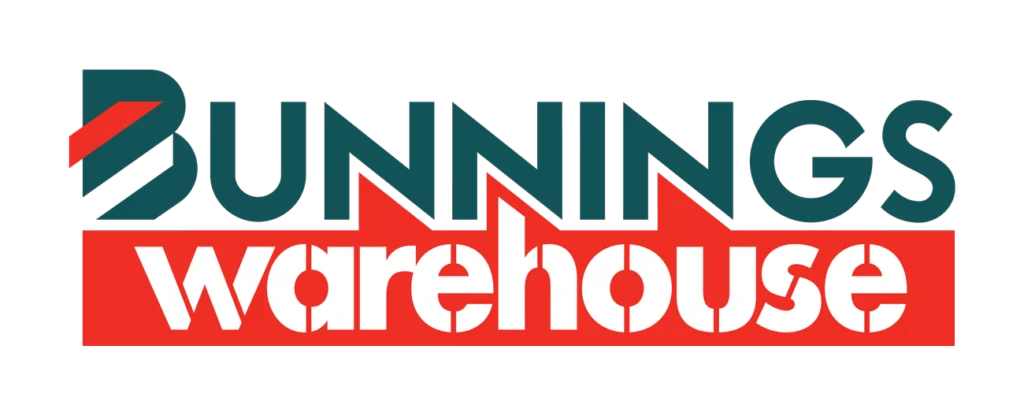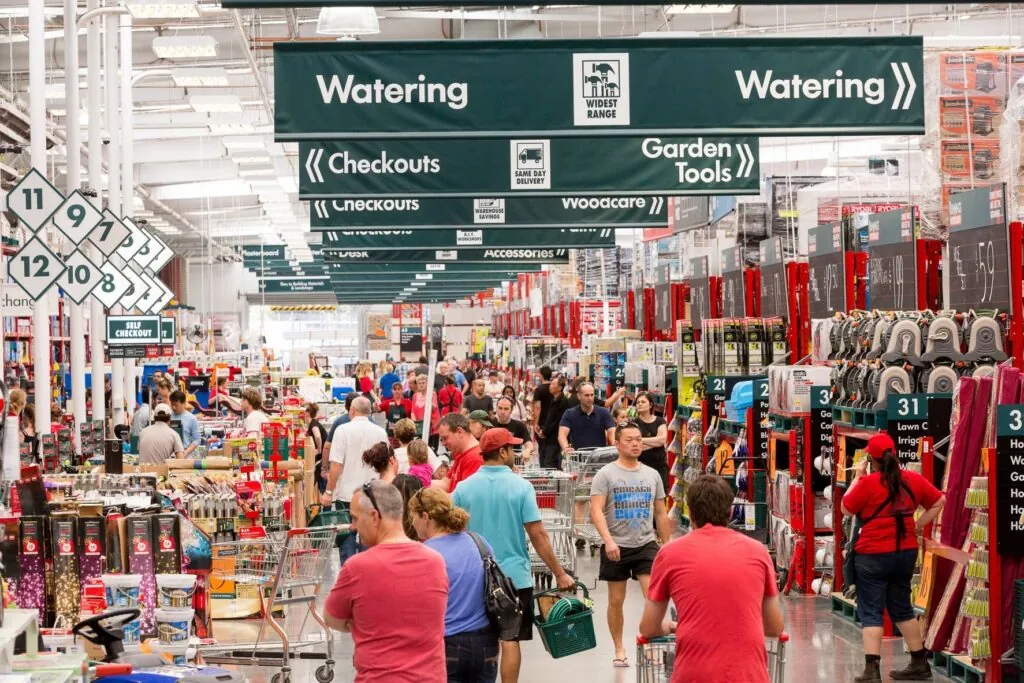How Companies in the Retail Industry Can Increase Profitability Using Value-Based Pricing
Published On 15 July, 2023
In the retail industry, companies face various challenges that can impact their bottom line. From fierce competition to changing consumer preferences and economic fluctuations, staying profitable is a constant struggle. One strategy that has emerged as a powerful tool for enhancing profitability is value-based pricing. By focusing on the perceived value of their products and services, companies can survive and thrive in this competitive environment.
In this article, we will delve into the industry challenges faced by retail companies, explore the sources of value in value-based pricing, analyse real-life case studies from well-known retail chains, and extract critical takeaways for companies in this industry.
Industry Challenges
The retail industry faces a multitude of challenges that require innovative solutions to stay competitive and profitable. As consumer dynamics evolve and technology reshapes the market, retailers must navigate these obstacles strategically. Value-based pricing emerges as a potent tool to tackle these challenges head-on, allowing companies to optimise their pricing strategies for improved profitability. Here are ten industry challenges and their corresponding descriptions:
1. Intense Competition:
Retailers are engaged in fierce battles for market share, leading to pricing wars that can erode profits and diminish brand value.
2. Changing Consumer Preferences:
Rapid consumer tastes and preferences shifts necessitate adaptable pricing models to meet evolving demand.
3. Cost-Plus Limitations:
Traditional cost-plus pricing methods need to pay more attention to the nuanced value perception of consumers, potentially leading to suboptimal pricing decisions.
4. Under-pricing Dilemma:
Relying solely on cost-based pricing might lead to underpricing, leaving potential profits untapped.
5. Overpricing Concerns:
Conversely, overpricing based solely on cost structures can alienate price-sensitive customers and drive them towards more affordable alternatives.
6. E-commerce Disruption:
The rise of e-commerce enables customers to easily compare prices across platforms, intensifying the need for competitive and customer-centric pricing.
7. Digital Shopping Habits:
As consumers increasingly shift to online shopping, retailers must ensure their pricing strategies cater to the unique dynamics of digital channels.
8. Brand Dilution:
Intense competition can sometimes force retailers to compromise pricing, potentially diluting their brand’s premium perception.
9. Customer Loyalty Challenges:
Building and maintaining customer loyalty becomes more challenging amidst the vast choices provided by online shopping platforms.
10. Dynamic Market Conditions:
Economic fluctuations, supply chain disruptions, and unforeseen events can disrupt pricing strategies, requiring agility and adaptability.
Value-based pricing emerges as a strategic approach that aligns pricing with perceived customer value. By understanding the sources of value and leveraging them in pricing decisions, retailers can overcome these challenges and pave the way for sustained profitability and growth. The following real-life case studies illustrate how well-known retail chains have effectively employed value-based pricing across sectors.

Sources of Value
Value-based pricing centres around the idea that a product’s price should reflect the value it delivers to the customer rather than being solely determined by production costs. Understanding the sources of value allows retailers to price their products and services optimally, aligning with what customers are willing to pay.
1. Product Differentiation:
Retailers can leverage value-based pricing by highlighting their products’ unique features, quality, and benefits compared to competitors. A prime example of this is Apple Inc., which has successfully employed value-based pricing for its range of electronic devices. By emphasising superior design, user experience, and ecosystem integration, Apple justifies premium prices that customers are willing to pay.
2. Customer Experience:
Exceptional customer service and personalised experiences contribute significantly to perceived value. Nordstrom, a high-end fashion retailer, has built its reputation on providing unparalleled customer service. The company empowers its sales associates to go above and beyond to create positive interactions with customers. This enhanced experience justifies premium pricing and fosters customer loyalty.
3. Brand Image and Reputation:
Well-established brands can command higher prices due to their reputation and brand loyalty. Starbucks, for instance, has created a strong brand identity associated with premium coffee and a cosy ambience. This brand image allows them to set higher prices for their products compared to many other coffee chains.
4. Convenience and Accessibility:
Retailers that offer convenience and accessibility can leverage value-based pricing. With its fast and reliable delivery service, Amazon Prime justifies its subscription fee by offering customers the convenience of quick deliveries and access to various services.
5. Exclusive Product Offerings:
Retailers can create value by offering exclusive products that customers can only find within their stores. This could include collaborations with well-known designers, limited-edition releases, or proprietary merchandise that can’t be easily replicated. Retailers can justify premium pricing by providing access to unique and desirable products.
6. Customisation and Personalisation:
The ability to tailor products or services to individual customer preferences enhances perceived value. Retailers that offer customisation options, such as personalised clothing or custom-built technology, provide customers with a sense of ownership and uniqueness, allowing them to charge higher prices for the bespoke experience.
7. Ethical and Sustainable Practices:
Consumers are increasingly conscious of ethical and sustainability considerations. Retailers prioritising environmentally friendly practices, fair labour conditions, and responsible sourcing can capitalise on the value of socially responsible choices. Shoppers may be willing to pay higher prices to support brands that align with their values.
8. Experiential Retail Spaces:
Creating immersive and engaging retail spaces can transform the shopping experience into a memorable event. By incorporating interactive displays, entertainment, and sensory elements, retailers can offer more than just products – they provide an experience that customers are willing to pay extra for.

9. Membership and Loyalty Programs:
Retailers can enhance customer loyalty by offering membership programs that provide exclusive benefits, discounts, or early access to products. These programs foster a sense of belonging and create an ongoing revenue stream through membership fees, allowing retailers to justify premium pricing for their loyal customer base.
10. Convenience and Timesaving:
Time is a precious commodity in a fast-paced world. Retailers that offer convenient shopping options, such as curbside pickup, same-day delivery, or subscription services, provide customers with valuable time-saving solutions. The convenience factor can translate into higher prices as customers are willing to pay for the ease and efficiency of their shopping experience.

By identifying and capitalising on these sources of value, retailers can craft pricing strategies that align with what their customers truly value. In doing so, they position themselves to not only survive but thrive, driving increased profitability and sustained growth.
Case Studies
Case Study 1: Nike – Redefining Athletic Apparel
Challenges: Nike, a global leader in athletic footwear and apparel, faced increasing competition from both traditional sportswear brands and newer athleisure start-ups. The challenge was differentiating itself in a crowded market while maintaining premium pricing.
Considerations: Nike recognised the shifting consumer trend towards health-conscious and performance-oriented lifestyles. They understood that customers were seeking more than just products; they wanted a connection to a broader athletic community and lifestyle.
Action Taken: Nike adopted a value-based selling approach by repositioning itself as a lifestyle brand that promotes athletic excellence and empowerment. They invested in athlete endorsements, high-profile sponsorships, and innovative marketing campaigns that celebrated individual achievements. This strategy shifted the focus from the products themselves to the values and aspirations associated with the brand.
Outcome: Nike’s value-based approach led to increased brand loyalty and customer engagement. By connecting with customers on a deeper level and aligning with their aspirations, Nike was able to justify premium pricing for its products. The brand’s cultural relevance and emotional connection translated into higher profits, as customers were willing to pay more for products associated with their desired lifestyle and sense of identity.
Case Study 2: Starbucks – Elevating the Coffee Experience
Challenges: Starbucks, a coffeehouse chain, faced competition from growing coffee shops and quick-service restaurants entering the market. As the market became more saturated, Starbucks needed to find ways to continue charging premium prices for its beverages.
Considerations: Starbucks understood that its appeal extended beyond coffee; it offered a unique and immersive coffeehouse experience for which customers were willing to pay extra. They recognised the value of creating a welcoming environment where customers could relax, work, or socialise.
Action Taken: Starbucks focused on enhancing the in-store experience by investing in cosy and inviting store designs, providing free Wi-Fi, and offering a diverse menu of high-quality beverages. They also introduced loyalty programs and personalised rewards to cultivate customer retention and encourage repeat visits.
Outcome: Starbucks’ value-based approach resulted in increased customer loyalty and foot traffic. Customers were willing to pay premium prices for the experience, ambience, and consistent quality associated with Starbucks. This enabled the company to maintain its position as a premium coffee provider and drive profitability through higher sales and increased customer retention.
Case Study 3: Zara – Fast Fashion and Trend Responsiveness
Challenge: Zara, a global fashion retailer, faced the challenge of operating in an industry characterised by rapid changes in consumer preferences and fashion trends. Maintaining profitability required staying ahead of trends while offering affordable yet stylish products.
Considerations: Zara recognised the importance of agility and responsiveness in the fast-paced fashion industry. They understood that customers were seeking the latest styles at accessible prices and that the value of trendiness and variety was a key driver of purchasing decisions.
Action Taken: Zara embraced a value-based approach by streamlining its supply chain and production processes to deliver new, on-trend collections to stores quickly. Their “fast fashion” model enabled them to respond swiftly to changing trends and offer a diverse range of styles at affordable prices.
Outcome: Zara’s value-based strategy led to increased foot traffic and higher sales. By consistently providing customers with fashionable and affordable options, Zara captured a significant share of the market and built a reputation for trendiness and accessibility. The ability to quickly adapt to changing trends and deliver value to customers enabled Zara to increase profitability and remain competitive in the dynamic fashion industry.
Case Study 4: Bunnings Warehouse – DIY Retail Reinvented

Challenges: Bunnings Warehouse, a leading Australian home improvement and DIY retailer faced challenges in an increasingly competitive retail setting. The market was saturated with traditional hardware stores, online retailers, and international competitors, requiring Bunnings to find innovative ways to stand out and drive profitability.
Considerations: Bunnings recognised that customers weren’t just looking for tools and materials; they sought guidance, inspiration, and a comprehensive solution to their home improvement needs. Understanding these broader customer needs was crucial to shaping their value-based pricing strategy.

Action Taken: Bunnings adopted a value-based approach by providing customers with a complete DIY experience. They invested in creating large-format stores with well-organised layouts, knowledgeable staff, and a wide range of products and services under one roof. Bunnings also offered free DIY workshops and tutorials, empowering customers with the skills and confidence needed for their projects.
Outcome: Bunnings’ value-based approach resulted in increased customer loyalty and higher foot traffic. By positioning themselves as more than just a retailer, but a partner in customers’ home improvement journeys, Bunnings justified premium pricing for their products and services. Combining an extensive product range, expert advice, and educational opportunities allowed Bunnings to drive profitability while fostering lasting customer relationships.

This Australian case study of Bunnings Warehouse illustrates how a value-based approach can help retailers in different regions thrive by catering to local customer needs and providing comprehensive solutions that go beyond mere products.
These case studies demonstrate how companies outside the well-known giants like Amazon and Apple have successfully used value-based selling approaches to enhance profitability. By understanding their customers’ desires, aligning their strategies with those desires, and offering unique and compelling value propositions, these retailers were able to justify premium pricing and secure a strong foothold in their respective markets.
Key Takeaways for Companies in the Retail Industry
1. Customer-Centric Approach:
Understand your customers’ preferences, needs, and the value they derive from your products or services.
2. Unique Value Proposition:
Identify and amplify the special features, benefits, and qualities that differentiate your offerings from competitors.
3. Invest in Experience:
Prioritise exceptional customer experiences, personalised interactions, and outstanding service to enhance perceived value.
4. Brand Equity Matters:
Cultivate a strong brand identity that resonates with customers, allowing you to command premium prices based on brand loyalty.
5. Adapt to Digital Trends:
Embrace the digital shift by tailoring your pricing strategies to suit online platforms and cater to digital shopping habits.
6. Omnichannel Integration:
Embrace an omnichannel approach to connect online and offline shopping experiences seamlessly. Customers should be able to engage with your brand through various channels, such as physical stores, e-commerce platforms, mobile apps, and social media. Consistent messaging, pricing, and channel promotions enhance perceived value and encourage customer loyalty.
7. Data-Driven Insights:
Leverage data analytics to gain insights into customer behaviour, preferences, and buying patterns. By understanding what drives customer value and tailoring your offerings accordingly, you can optimise pricing strategies and identify opportunities for cross-selling, upselling, and personalised promotions.
8. Dynamic Pricing Strategies:
Implement dynamic pricing that responds to real-time market conditions, demand fluctuations, and competitive positioning. Automated pricing adjustments can help capture value during peak demand periods and maintain competitiveness during slower times, ensuring optimal revenue generation.
9. Social Proof and Reviews:
Leverage the power of social proof by showcasing customer reviews, ratings, and testimonials. Positive feedback and authentic user experiences build trust and enhance the perceived value of your products or services, influencing purchasing decisions and justifying higher prices.
10. Continuous Innovation:
Stay ahead of consumer trends and preferences by fostering a culture of innovation. Regularly introduce new products, features, or services that align with evolving customer needs and desires. Innovations can differentiate your brand, create buzz, and justify premium pricing as customers recognise the added value you bring.

By integrating these critical takeaways into your retail strategy, you can effectively navigate the industry’s challenges and capitalise on the benefits of value-based pricing. These strategies can help you create a compelling value proposition, engage customers, and drive profitability in a competitive marketplace.
In the dynamic world of retail, challenges abound, but value-based pricing stands out as a potent solution. By recognising and leveraging the sources of value that matter most to consumers, retailers can navigate these challenges successfully, driving profitability and fostering long-term customer relationships. The case studies of industry giants such as Apple, Nordstrom, Starbucks, and Amazon Prime showcase how value-based pricing can transform the retail setting. As the industry evolves, embracing value-based pricing will be pivotal to achieving enduring success and prosperity.
Transform Your Pricing Expertise with Pricing University Programs
For those eager to master the art of pricing strategies, Pricing University offers a transformative opportunity. Our comprehensive programs empower individuals with the skills and insights needed to navigate the intricacies of value-based pricing effectively.
Whether you’re a seasoned industry professional seeking to refine your pricing approach or an aspiring entrepreneur aiming to build a profitable retail venture, our programs provide the knowledge and tools necessary to excel. Embark on a journey of pricing excellence by enrolling in Pricing University programs toda



